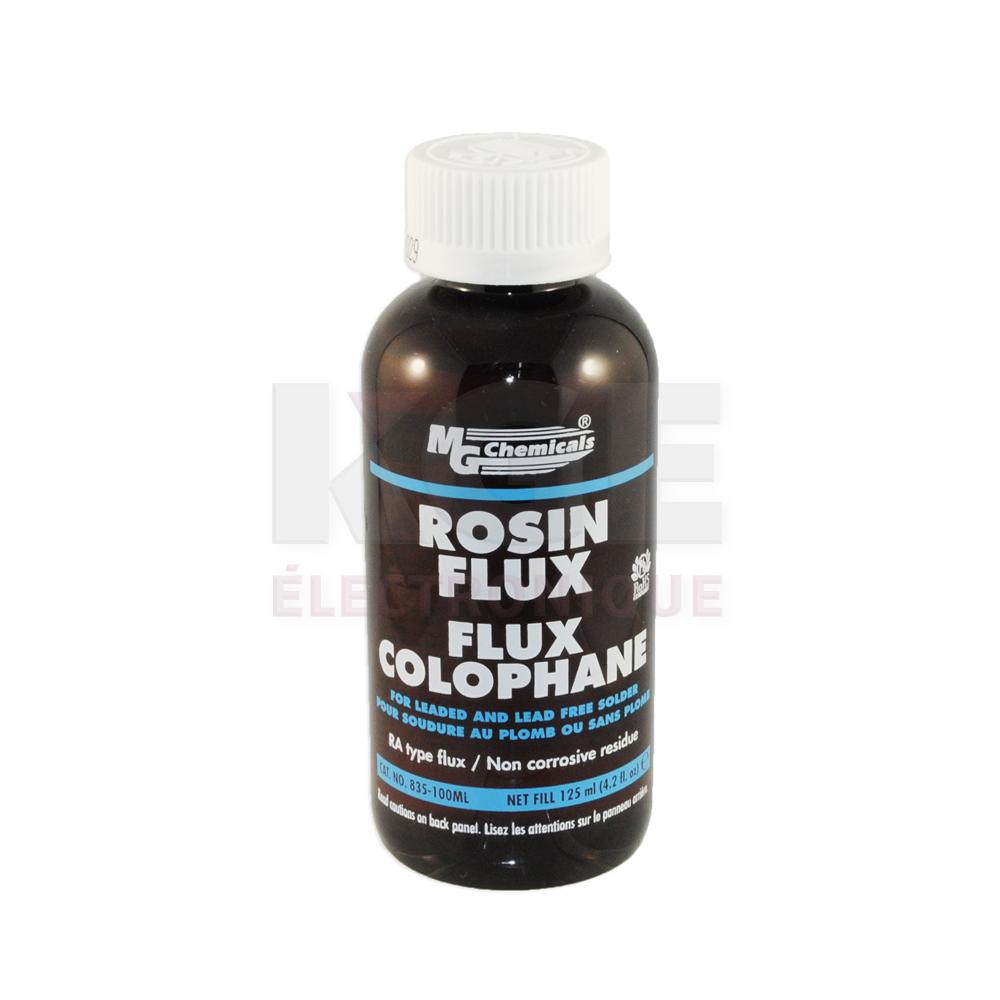

A process called tinning also has its own type of flux, but are these suitable for electronics? Are they interchangeable between the different metals and processes?Įlectronic soldering needs a certain amount of precision, and with the amount of different components on a circuit board, some easily liable to damage, it is very important you use the correct type of flux. Whether using the flux for a circuit board or surface mount technology (SMT), rosin is the best type to ensure high-quality joints in both.Ĭan You Use Other Types of Flux on Electronics?įlux is not just used in electronic soldering, but also in plumbing, which uses different types of flux, such as water-soluble flux. It still needs cleaning off after use, as it can pose a risk of corrosion, but it’s the best in terms of quality of soldering, and low acidic levels. Generally speaking, the best type of solder to use when soldering electronics is rosin, as it’s the easiest to use, with the least risk to damaging the electronic. This is due to the fact that it uses less powerful chemicals, which makes the window for soldering smaller, and the process more difficult. However, the reason easy clean flux does not damage is due to its reduced potency, and therefore is more difficult to yield similar results when using the other fluxes. Using Easy Clean FluxĮasy clean flux’s name would rightly suggest that this type of flux is easily removed after soldering, meaning you don’t have the same issues as you would with rosin or liquid flux, where the remains can damage the electronics. The more you contain the use of liquid flux, the better. Liquid flux needs to be cleaned off after use, as it is more corrosive than rosin. Its fluidity is also a downside, as liquid flux can easily flow to areas of a circuit board you don’t want it to. However, it cools down quickly, which gives less time to solder. Due to its fluidity, liquid flux can easily be applied and dabbed onto the area that needs soldering. Liquid fluxes are a worthy alternative to rosin flux, as they rid the metal of oxides more efficiently. The removal process can be a little difficult, and needs alcohol to properly clean. However, if the electronic is prone to becoming hot, the rosin could do damage, which is why it is best to remove it after soldering. One of rosin’s main benefits is that is quickly rids the metal of oxides, and it is only acidic in liquid form, therefore safe to leave on the electronic when it has cooled. Rosin in one of the oldest, and most reliable, fluxes.

Rosin based flux is highly recommended for all electronics soldering needs, but easy clean and liquid are, easier to clean and remove after soldering. Mainly, the choice between the three comes down to personal preference, and which is advised for beginners. Rosin, liquid and easy clean flux are three of the main types of electronics flux. It is important to use the correct flux, otherwise, you could cause damage. one can be used more generally, while the other can be used more precisely. But each flux has different properties, which make it suitable for different aspects, i.e. Flux actively removes oxides as you solder, preventing poorly soldered joints. This happens to almost all metals used in electronics. Oxides form when a metal is exposed to oxygen. Each have their own advantages, depending on personal preference and experience level.įlux is needed to remove oxides from the surface of a metal. Rosin is popular because it is easy to use, but liquid and easy clean flux are worthy alternatives. Generally, the less acidic a flux is, the less damage it is likely to cause to an electronic. Rosin,Liquid and Easy Clean Flux is generally used in electronics soldering. What Type of Flux is used in Electronics Soldering? Do I need Flux for Soldering Electronics?.Can You Use Other Types of Flux on Electronics?.What Type of Flux is used in Electronics Soldering?.


 0 kommentar(er)
0 kommentar(er)
